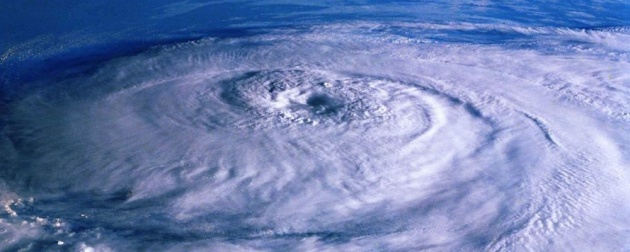The effects of climate change to the basic elements of life assurance as water, air, food security and safety residence is unavoidable. The areas that suffered the most damage from climate change is low-lying, coastal and urban areas in developing countries.

Climate change, natural disasters + = disease
Recent studies have indicated climate change triggers a series of natural disasters, such as the rapid increase in temperature, increase the effects of air pollutants, increased flooding, drought and water pollution. These natural disasters are the agents causing disturbance detrimental to social life. For example, an increase in temperature and precipitation changes in recent years is the cause of declining food production, causing food insecurity. Climate change will also increase the frequency of severe storms, heavy rains and heat waves. If there is no improvement solutions, to 2080, sea level rise will affect the number of people 10 times more than at present (about 100 million people).
Concern than climate change, natural disasters will create a series of human disease that is difficult to control such as skin diseases, malaria, dengue fever and diarrhea least. In fact, diarrhea is still one of the diseases that killed many children the most. Not only that, the anomaly of nature also led to abnormal movement, disguises the category of viruses and bacteria. As a consequence, give rise to many new diseases, new to the immune system of the body. Meanwhile, health care systems have not experienced control and treatment of this disease, leading to the degree of impact of disease on human health very seriously. In fact the last time to see, a series of outbreaks of measles, Japanese encephalitis, dengue fever caused many deaths comes partly from the elements vagaries of climate.
Create consume less carbon lifestyle
Rainfall is expected to decrease during the dry season and increases during the rainy season. The average temperature is projected to increase by 1 ° C and sea levels are expected to rise 30 cm by the year 2050 to 2100, will increase 2,6oC temperature and sea level rises by 1m ... all the weak resonance factor in Ho Chi Minh City will be affected mixture of elements is increased drag temperatures decrease air quality, water resources, increasing incidents broken levees and flood frequency ... yet, the rapid development the city also causing pressure on green space. Communications and media characterized the rapid growth of personal communications often leads to traffic jam and air pollution is increasingly serious. Another challenge is that climate change movement slowly slowly, barely visible even immediate danger, it is difficult to change people's perceptions.
From the harmful effects caused by habitat changes, HCMC people will face risks such as floods wreak havoc and destruction of medical facilities, hinder the massive health care; Air pollution increases respiratory problems and increase the risk of transmission of other respiratory diseases; increase the risk of outbreaks of diseases such as dengue fever, diarrhea and other infectious diseases; increase in skin diseases; migration from low-lying areas with impact on mental health ...
To mitigate the impact of climate change to public health, according to Pham Xuan Mai, Polytechnic University of Ho Chi Minh City, the city needs to apply in many green solutions. In particular in the transport sector should be modeling applications such as intelligent transportation using CNG bus system with special incentives. Prof. Nguyen Van Phuoc own, Institute of Environment and Natural Resources, said that, in parallel with the development of the city, waste management issues are also of concern now. Necessary direction to turn waste into clean energy metabolism reused efficiently to minimize bulk air pollution emissions from landfill operations cause. Private health sector have been considered as the most important role in mitigating climate change impacts to human health. In particular, rapid investment priorities for the development of preventive health system capable of responding to incidents, natural disasters and epidemics arise scale. For business people and they should promote less consumption of carbon lifestyle as using less product waste emissions after use, materials use environmentally friendly production, enhancing technological innovation to reduce minimum use of fossil energy sources ... There is new hope to minimize such harm to the health of the community which caused climate change.



